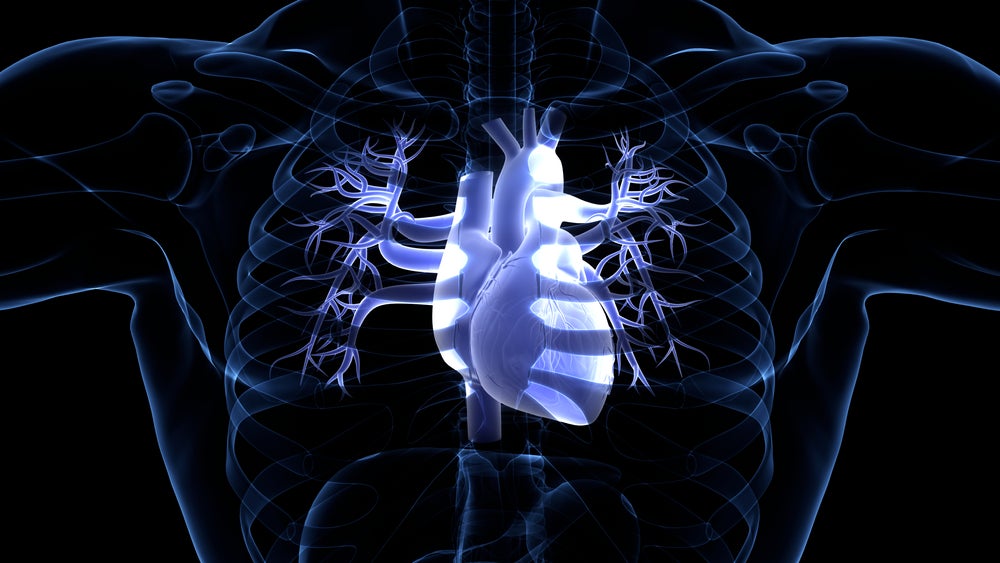Arteriotomy closure devices are essential in managing access sites after procedures such as angiography or vascular interventions. The rise in cardiovascular diseases globally has resulted in a higher number of interventional procedures, necessitating the use of arteriotomy closure devices. According to GlobalData analysis, the arteriotomy closure devices market was valued at $641 million in 2024 and is projected to reach sales of $873 million by 2033, at a compound annual growth rate of 2.9%.
There are two types of arteriotomy closure devices: passive and active. The key differences between active and passive arteriotomy closure devices lie in their mechanisms of action — active devices engage in mechanical closure, while passive devices facilitate natural clotting. Both types are essential in clinical practice and are evaluated through ongoing research to ensure their safety and efficacy. The decision between active and passive closure devices is influenced by procedural needs, patient-specific factors, expected healing outcomes, technical considerations, operator experience and the characteristics of the devices themselves.
Vascade from Haemonetics has gained popularity in the market due to its user-friendly design and efficacy in achieving haemostasis. According to GlobalData’s SKU Premium product, the market share of the Vascade series almost doubled between 2021 and 2024 in the US. The average selling price of Vascade MVP has increased by 0.8% annually. The device minimises trauma to the vascular site, improving patient comfort and satisfaction post-procedure. These features contribute to its growing adoption among healthcare providers looking for reliable and efficient closure solutions.
Active closure devices are experiencing consistent growth in various markets, indicating advancements in technology that enhance their effectiveness and usability. The advancements in materials and design are likely contributing factors to the growth of both active and passive closure devices. Innovations such as bio-absorbable materials, enhanced suturing techniques and improved delivery systems are making these devices safer and more effective for patients undergoing procedures requiring vascular access.









